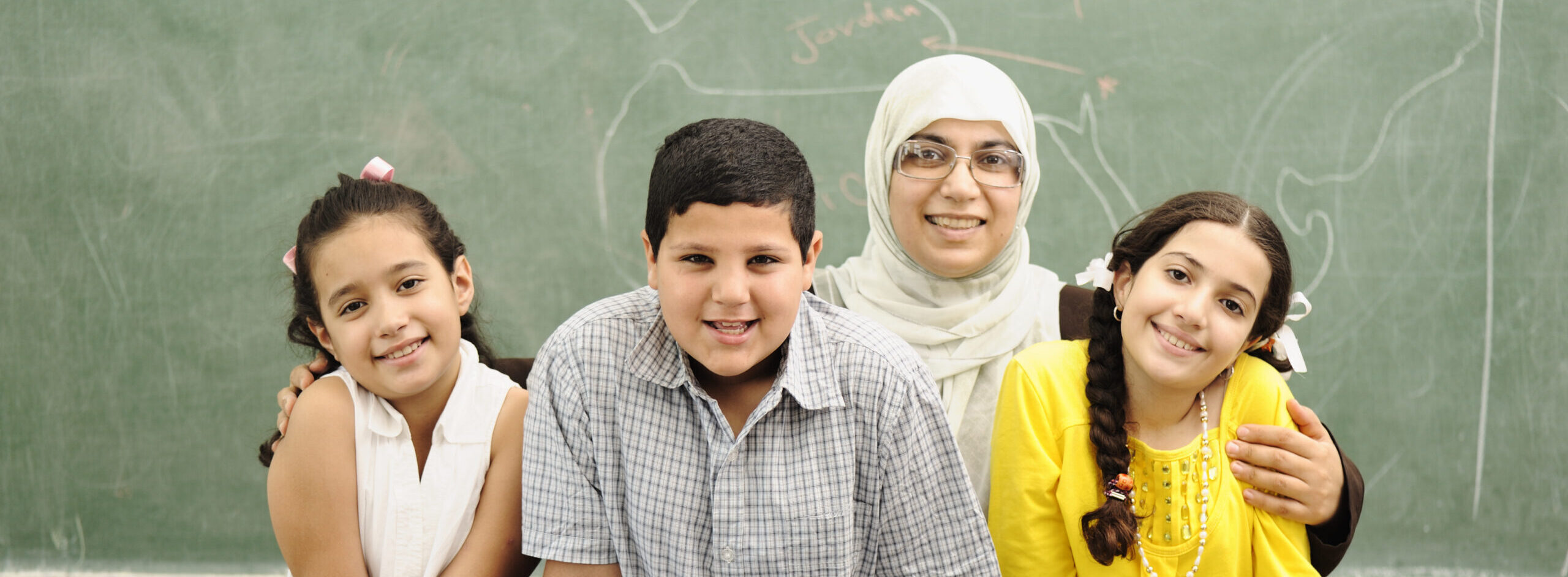Written by: Crystal Williams, Ph.D.
Practitioners working with children and families must intentionally use and advocate for practices that support inclusion for all children and address systemic inequities and trauma. One way that practitioners can advance equity and inclusion is by using equity-centered trauma- informed practices, which are grounded in six principles (Venet, 2021). These principles are described below, with suggestions for practitioners to apply them in their work with children and families.
Principle 1: Antiracist and Anti-Oppression
Individuals and programs who implement equity-centered trauma-informed education stand up against all forms of oppression (e.g., racism, classism, ableism), as these cause trauma.
What can practitioners do?
- Begin by reflecting on your personal biases. Everyone has biases, which are often implicit and engrained in our way of thinking without us even realizing it. You can learn about your implicit biases through tests, such as the Harvard Implicit Bias Tests, or by regularly asking yourself questions, such as “In what situations and with whom do I feel uncomfortable, defensive, or judgmental?”
- Reflect on the inequitable and oppressive conditions that exist in your setting. Consider the practices, policies, and norms that inhibit certain individuals or groups from receiving the support they need or feeling a sense of belonging. Some examples may include inequitable referral or receipt of special education services, more severe discipline procedures for certain children, or inflexible opportunities for family engagement.
- Act to reduce your implicit biases and inequitable conditions in your setting. Some strategies for reducing biases include practicing mindfulness and seeing people for their individual characteristics, rather than stereotypes. Read more about 8 strategies for reducing bias in this blog post from the American Academy of Family Physicians.
Principle 2: Asset Based
Equity-centered trauma-informed education focuses on all children’s strengths and does not aim to “fix” children who have experienced trauma.
What can practitioners do?
- Get to know the children and families with whom you work and identify their strengths and cultural assets (e.g., language, traditions, stories). Remember that all children and families have strengths! Focus on these strengths during your interactions with children and families, as well as when you plan how to support them.
- Avoid trying to solve children’s and families’ problems for them, as this takes away their agency and assumes that you know what is best for them.
- Focus on fixing systems and structures that harm children and families, rather than trying to fix the child and family. For example, it is necessary to create policies that protect children from being suspended and expelled, rather than focusing on trying to “fix” individual children’s behavior.
Principle 3: Systems Oriented
Equity-centered trauma-informed education emphasizes a system-level approach to change, rather than focusing on an individual’s practices.
What can practitioners do?
- Talk to your administrators about using equity-centered trauma-informed practices across your whole program. You can request ongoing professional development on this topic to help you and your colleagues implement the practices. You can find professional development opportunities and/or contact information of experts on equity from professional development organizations (e.g., Council for Exceptional Children, Early Childhood Technical Assistance Center, National Equity Project, National Education Association) or colleges/universities.
- Help advocate for policies that support equity-centered trauma-informed education at local, state, and national levels. Consider joining a professional group focused on equity, such as the Council for Exceptional Children’s Diversity Committee or the Division for Early Childhood’s Inclusion, Equity and Social Justice Committee.
Principle 4: Human Centered
Individuals and programs who implement equity-centered trauma-informed education reject attitudes, practices, and policies that dehumanize individuals.
What can practitioners do?
- Respond to individual differences and circumstances, rather than enforcing “one size fits all” or “zero tolerance” practices and policies. Some examples include allowing children to take sensory breaks when they need it, rather than at designated times; noticing and accepting different types of family engagement, rather than expecting all families to do certain tasks or participate in classroom activities in the same way; and supporting, rather than suspending or expelling children who exhibit challenging behavior.
Principle 5: Universal and Proactive
Equity-centered trauma-informed education benefits all students and should be used proactively before it is needed.
What can practitioners do?
- Refrain from labelling children and families based on their trauma (e.g., “trauma kids”), as this can increase inequities and stereotypes.
- Use trauma-informed practices with everyone to both prevent and respond to trauma, rather than waiting until you know a child or family has experienced trauma to use these practices.
Principle 6: Social Justice Focused
The ultimate goal of equity-centered trauma-informed education is to create a trauma-free world.
What can practitioners do?
- Remember that equity work is not something that we “check off” a list. It requires continual effort in this area, so we all contribute to a more inclusive and just world.
Reference
Venet, A. S. (2021). Equity-centered trauma-informed education (Equity and Social Justice in Education). WW Norton & Company.
Image Credit: Storyblocks.com, CC0













